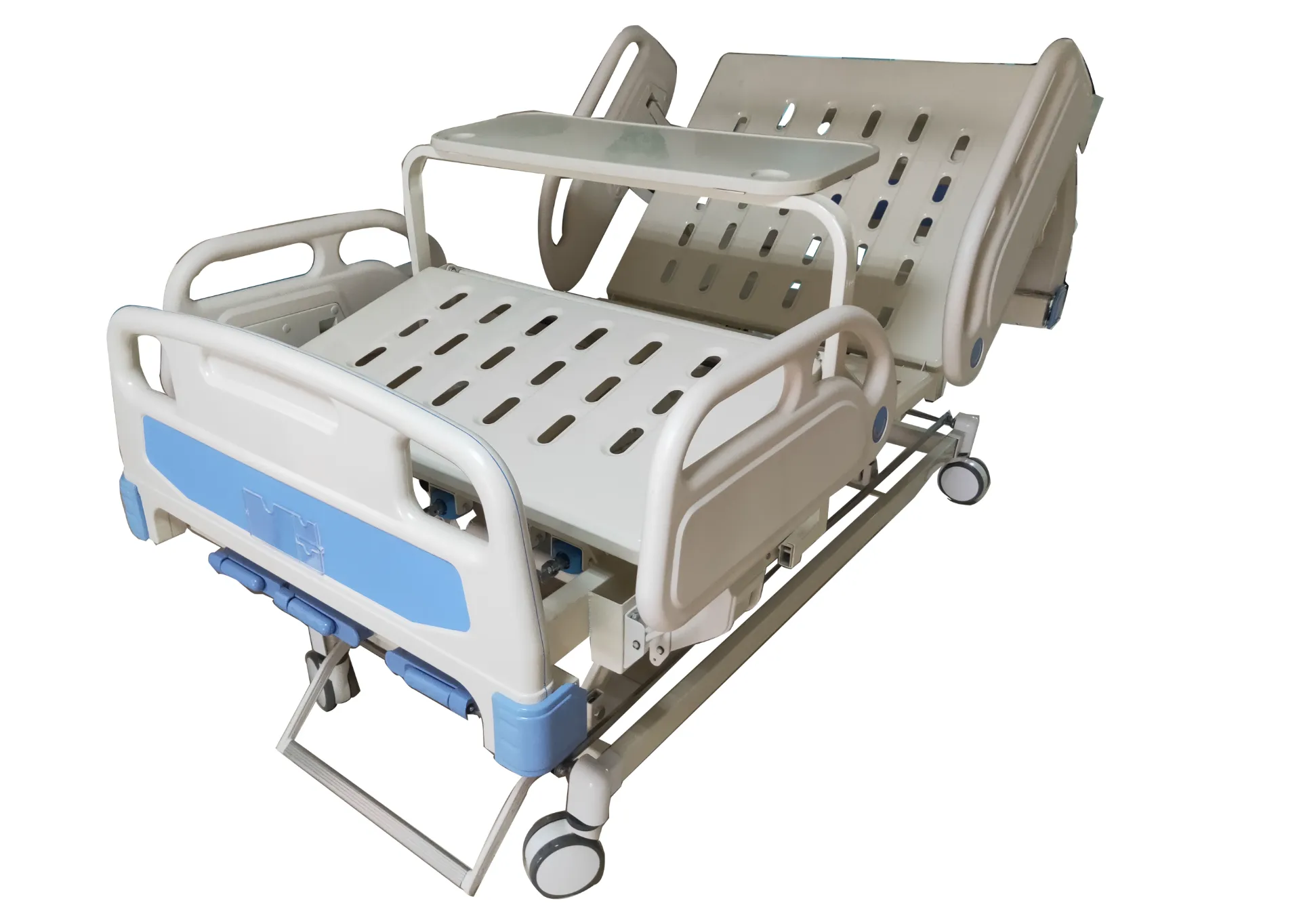Welcome to our websites!
Manual Adjustable Hospital Beds for Enhanced Patient Comfort and Care Flexibility
The Importance of Manual Adjustable Hospital Beds in Healthcare Settings
In the modern healthcare landscape, the comfort and well-being of patients are paramount. One fundamental piece of equipment that plays a critical role in achieving these goals is the manual adjustable hospital bed. While technological advancements have introduced various automated options, manual adjustable beds continue to hold significant value in hospitals, nursing homes, and home care settings. This article explores the benefits, functionality, and enduring relevance of manual adjustable hospital beds.
Versatility and Customization
Manual adjustable hospital beds offer a high degree of versatility, allowing caregivers to tailor the position of the bed to suit the specific needs of each patient. With easy-to-use hand cranks or levers, healthcare providers can adjust the height and angle of the head and foot sections of the bed. This adjustability is crucial for accommodating patients who may need to sit up for meals, relieve pressure on certain body parts, or improve circulation.
For instance, an elevation of the head can aid patients suffering from respiratory conditions, while a slight tilt of the feet can alleviate back pain. This capability not only enhances patient comfort but also fosters better recovery outcomes. Manual beds are particularly beneficial in settings with varying patient requirements, as they can be easily adjusted on the fly without needing electrical power or extensive training.
Cost-Effectiveness
One significant advantage of manual adjustable hospital beds is their cost-effectiveness. Automated beds tend to be more expensive, both in terms of initial purchase and maintenance costs. In contrast, manual beds represent a budget-friendly alternative, especially for smaller healthcare facilities or nursing homes operating with limited financial resources. The simplicity of their design means that manual adjustable beds can be repaired quickly and easily, reducing downtime for equipment and ensuring staff can provide uninterrupted care.
Furthermore, manual beds do not rely on power sources, making them particularly advantageous in rural healthcare settings or during emergencies when electricity supplies may be unreliable. This independence from electrical outlets also contributes to lower operational costs over time, making manual beds a smart investment for cost-conscious organizations.
manual adjustable hospital beds

Ease of Use and Mobility
Another compelling aspect of manual adjustable hospital beds is their ease of use. Caregivers can make adjustments with minimal effort, allowing them to focus on providing quality care rather than struggling with complex equipment. This simplicity also extends to patients and family members, who can quickly learn how to operate the bed if necessary.
Mobility is another critical consideration in the design of hospital beds. Many manual adjustable beds are equipped with sturdy wheels, enabling easy transport between rooms or even outdoor areas for sun exposure—an important aspect of patient well-being. The ability to move beds helps optimize space in healthcare facilities, accommodating various patient needs without significant logistical challenges.
Durability and Reliability
Manual adjustable hospital beds are often constructed from robust materials, designed to withstand the rigors of daily use in demanding healthcare environments. Their straightforward mechanical systems are less prone to failure compared to more complex electric beds, which may require specialized maintenance and repair.
The durability of these beds makes them a reliable option for hospitals and nursing homes, where equipment needs to endure heavy loads and consistent movement. This reliability translates into improved patient safety, as patients are less likely to experience breakdowns or malfunctions while being cared for.
Conclusion
In conclusion, manual adjustable hospital beds serve as an invaluable resource in healthcare settings. Their versatility, cost-effectiveness, ease of use, mobility, and durability make them a lasting choice for various patient care scenarios. As the healthcare industry continues to evolve, the enduring appeal of manual adjustable beds remains evident, highlighting the essential role they play in enhancing patient comfort and overall care quality. Investing in these beds ensures that healthcare providers can meet diverse patient needs effectively while maintaining a focus on affordability and practicality. With their significant benefits, manual adjustable hospital beds will surely continue to be a staple in patient care for years to come.
-
Transforming Healthcare with Hospital FurnitureNewsJun.24,2025
-
Rehabilitation EquipmentNewsJun.24,2025
-
Mobility and Independence with WheelchairsNewsJun.24,2025
-
Freedom of Mobility with Our Rollator WalkersNewsJun.24,2025
-
Comfort and Independence with Commode ChairsNewsJun.24,2025
-
Bathing Safety and Independence with Shower ChairsNewsJun.24,2025
-
Navigating the Wholesale Landscape of Electric Mobility Solutions: Key Considerations for Power Wheelchair DealersNewsJun.10,2025











